I.2.3. Problems and their solution in our age
Dynamic changes that followed the Industrial Revolution are of special significance. It was the period that radically transformed the quality and quantity of physical activities, necessary for doing a job or travelling to work. Picture 1 serves to illustrate this ’development’. The problem is that our genetic code does not change at the same pace., meaning that, if there is the necessity for the human body to be more active physically, and this need is not met by everyday work and travel, than it is recreational activities and sports activities that can fill the vacuum. This is why sports and recreation play a special role in modern life. This lifestyle can be promoted within the family, at schools, and in sports and art clubs. The family is the smallest and most important unit in society. In addition, schools, places of work, friends can also help to build a healthier society. Figure 1 illustrates how work has changed and how the calories, necessary for work have changed with it.
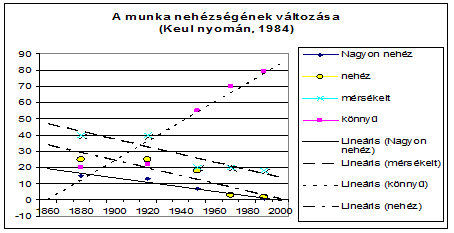
Graph 1. Changes in difficulties of jobs (Keul, 1984)
Due to the dynamic changes that occurred in the world of work, the Industrial revolution of 1750, the Technological Revolution of 1880 and the IT Revolution of 1960 , have changed the need for physical activites in societies. In capitalist societies it was recreational and sports activities that successfully solved the problems. On the other hand, in Hungary, where for long feudalist conditions prevailed, recreational and sports activities did not become popular. The structure of people’s free time activities is illustrated by Table 1.
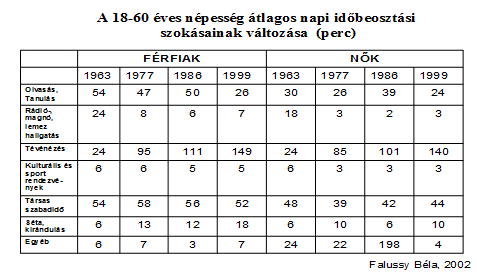
Table 1. Changing daily schedule (in minutes) of people aged 18-60. Source: Falussy, 2002. (Falussy Béla: Társadalmi-gazdasági trendek a népesség időfelhasználásában. = Statisztikai Szemle, 2002 / 9. (80. évfolyam). 847-868. p.)
The same results – although in a different perspective – can be seen in Graph 3.
Active lifestyle is of primary significance from the point of view of the preservation of individual and social health. It also plays a role in preserving and improving work abilities. TAFISA (Trim and Fitness International Sport for All Association / The World Organization for Leisure Time Sports) experts have done research into the level of physical activities done in various countries. Their results are as follows:
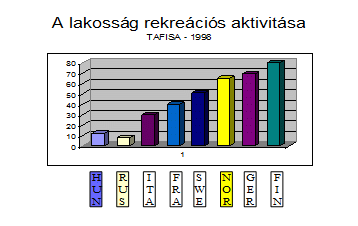
Graph 2. Recreational activities of population by countries. Source: TAFISA
Graph No. 4 illustrates for us that in capitalist societies, where individual reponsibility for preserving good health and work abilities was of outstanding significance as early as the age of the industrial and technological revolutions, sports and recration are of special significance in our modern times as well. In those societies people think that sports is a tool for everyday people and and also that it helps them keep in good health. Competitive and professional sports – on the other hand – belong to the category of business.
Response - sports and recreation
Sports recreational activiites include physical exercise of 30-40 minutes 2-3 times a week, done at 120-140 pulse rate. For ageing people less than that is also acceptible. The graph below illustrates how exersising requirements change depending on age, goal and the physical state. Pulse rate measuring devices, which are very popular these days, are capable of recording the most siginificant data during exercise. These data can then be computer-recorded, and translated into a chart. The chart is to illustrate how much time the person spent in each zone.

(Graph No. 4. Polar pulse zones)
As it has become evident from the previous paragraphs, leisure time and recreation are closely interrelated. Gáldi (2011) explained the terms as follows: „ The notions in relation to leisure time and recreation do not have a clear definition in the Hungarian context., although there are experts who are familiar with the shades of meaning. In order to use the notions correctly, it is of great significance to examine the terminology from different angles.’.
From the point of view of international specialist literature the culture of leisure time means general well-being. The tool which helps to achieve this aim might include sports as well. It is worth interpreting leaisure time in relation to time which has been left after one has fulfilled his or her socially binding duties ( work, studies, and related travel), as well as time required for meeting personal physiological needs (sleep, eating, personal hygiene). How people spend this time it depends on them, so it is of special value for people. The aim of recreation is the strengthening and/or the renewal of one’s health, the achievement of a well-balanced lifestyle and an optimal intellectual and physical state. Thus the aim of recreation can be to relax, to do fitness, to learn, but the most general objective is to live a qulality life”.,
For further information see the following pages:
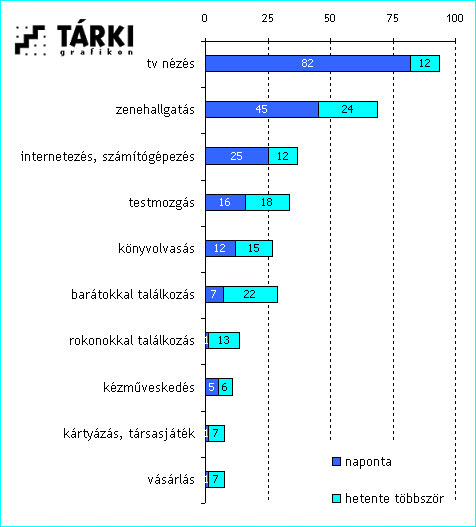
Graph 5. Leisure time activities of Hungary’s adult population %
Source: TÁRKI - ISSP Sport Module, December 2007
People have been facing the problem of leisure time since the age of the industrial revolution. Although, it has become of great importance in the 1970s. It has become increasingly difficult to make ends meet, people often work 12-14 hours per day. Monotonous work, the deterioration of working and natural conditions have harmful effect on people.
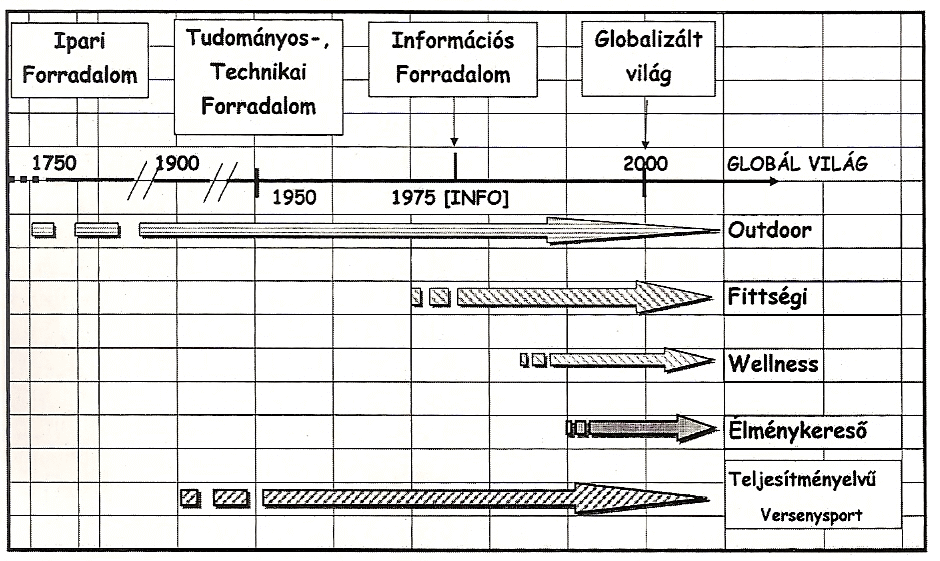
Figure 2.Recreational trends in relation to historical periods (Kovács, 2007)
In the modern age the tempo of life has speeded up, stress has increased and this is the reason why adptation has become a question of crucial importance for people. (Garofalo -Baum, 1998)
It has become evident that modern life can be characterized by physical inactivity, monotonous work and deteriorating natural conditions.
Considering the conditions in Hungary the development of recreation did affect only a small group of people: the adult population for example spends 9 minutes only on a kind of sports activity on a daily basis. It is a shocking figure, considering that movement is an important condition of life.
Modern life builds on the advantages of urbanization (wikipedia), which means that the quality of life is improving. But we have to remember that our body does not forget, and it operates along the ancient rules. This is why regular physical activities, sports, have to become once again an integral part of life, and the calorie-intake has to be adjusted accordingly.
At the same time the harmful effects of urbanization include monotonous work, environmental pollution, excessive consumption , overeating etc. Due to the above mentioned features a condition, called MX - a metabolic syndrome has become common. Its symtoms include reduced glucose tolerance, hypertonia, excess weight (especially in the abdomen), high level of fats and cholesterol in the blood. All these conditions may increase the likelihood of cerebrovascular diseases and stroke, as well as of type 2 diabetes; these diseases significantly shorten one’s life. Other low-activity related conditions include depression, cancer, osteoporosis etc. Initially these condition lead to work problems, later general health will be significantly deteriorated.